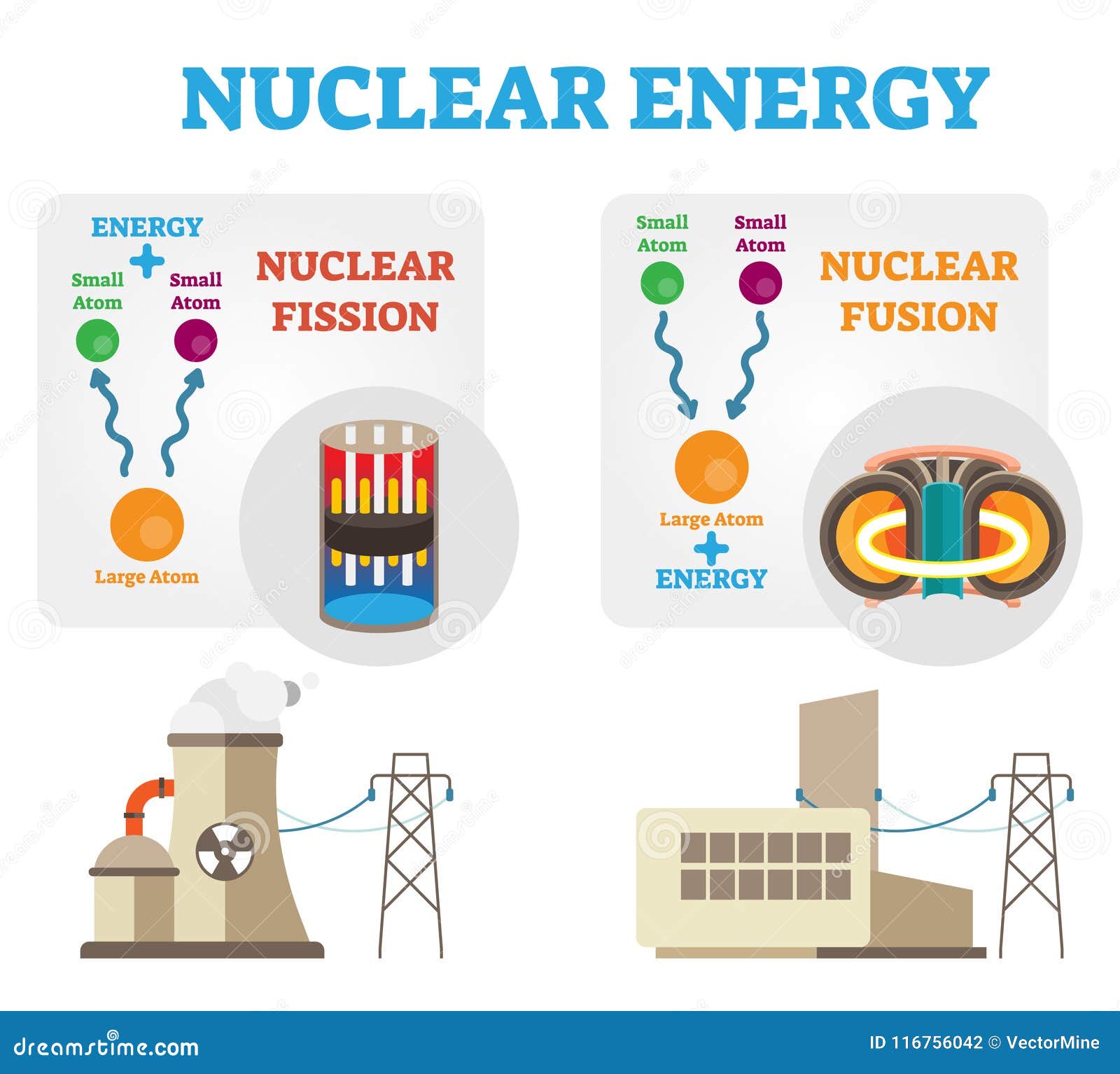

If the nuclear reactions are not carefully controlled, they can lead to nuclear accidents, like the one that occurred at Chernobyl in 1986. Nuclear power plants can provide a large amount of electricity for the grid, but they also come with some risks. 5 The steam turns turbines, which generate electricity. When the reactor is turned on, the nuclear reactions take place and generate heat, which is used to create steam. In a typical nuclear power plant, nuclear fuel rod s are inserted into a reactor, which is then filled with water. Nuclear fission reactions are carefully controlled in nuclear power plants so that they do not become nuclear explosions. Renewable energies such as wind and solar tend to be intermittent, whereas a nuclear power station is entirely controllable and predictable in terms of energy tempering and output.Ĭhina, the USA and the Soviet Union were locked in a race to develop orbital (around the planet) missiles, but international laws now prohibit it.

Another strong point is that it is a reliable source of energy. One nuclear reactor can generate the same amount of electricity as several coal-fired power plants. Nuclear fission is an efficient way to produce electricity.

It produces no greenhouse gases or air pollution during its operation. Nuclear fission, when compared to fossil fuels such as coal, is a cleaner source of energy. Uranium and thorium can also be mined from phosphate deposits, or extracted from coal ash (a by-product of coal combustion). Polymer adsorption is when water or air is passed through a bed of polymer beads, and the uranium or thorium contained are adsorbed onto the surface of the beads.

Uranium and thorium extraction are the processes of mining and concentration. Extracting these resourcesīoth thorium and uranium need to be extracted from beneath the surface. Radiocarbon dating is popular in archaeology, as it helps identify the age of various man-made objects, tissues, etc. Carbon-14 is an element that naturally undergoes fission. In nuclear fission, a nucleus splits into two smaller nuclei and releases energy in the form of photons and neutrons.įission reactions are also used in radioactive dating techniques such as carbon-14 dating.
#Fusion vs fission energy free
Fission Neutron Energy Spectrumįission nuclear energy comes from a free neutron (a subatomic particle) colliding with an atom (a collection of subatomic particles). Additionally, nuclear ores are exhaustible resources. Moreover, the commissioning and decommissioning of nuclear facilities take a long time (up to 30 years!). However, nuclear power plants (fission) do generate radioactive waste, which must be carefully managed to prevent environmental contamination. This process also releases energy, but it has not yet been successfully harnessed for commercial use.īoth nuclear fission and nuclear fusion are environmentally friendly sources of energy, as they produce little to no greenhouse gas emissions. Nuclear fusion, on the other hand, involves joining two nuclei from two atoms, to form a larger nucleus into one atom. 'When hit by a neutron, the nucleus of an atom of uranium-235 splits into two smaller nuclei, for example a barium nucleus and a krypton nucleus and two or three neutrons.' 1 Interaction between Environment and Biota.The Biological Productivity Of the Ocean.


 0 kommentar(er)
0 kommentar(er)
